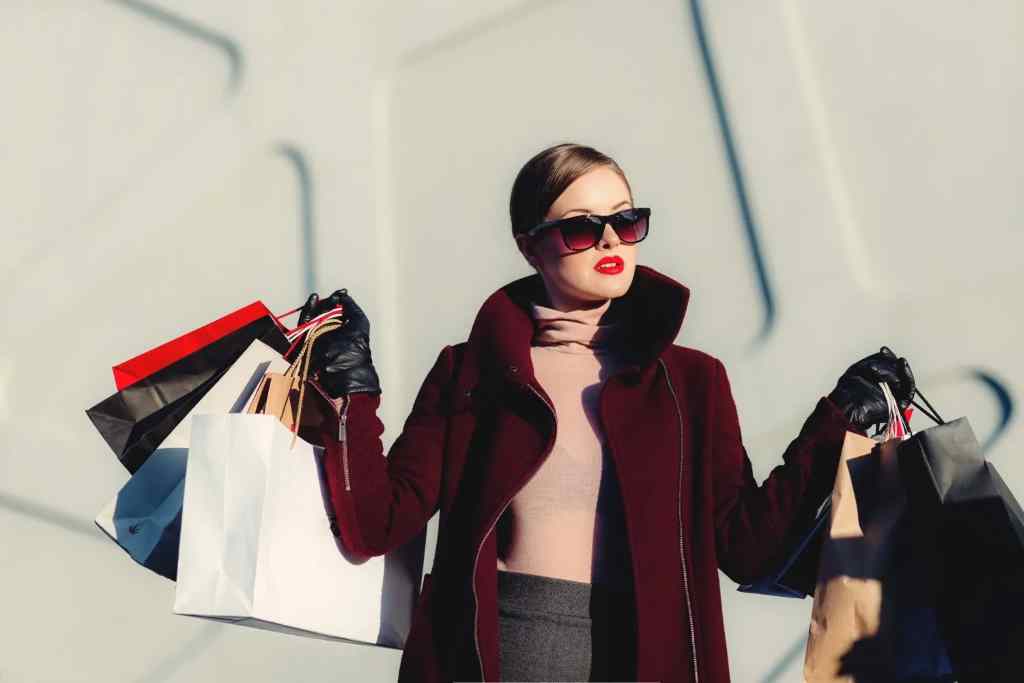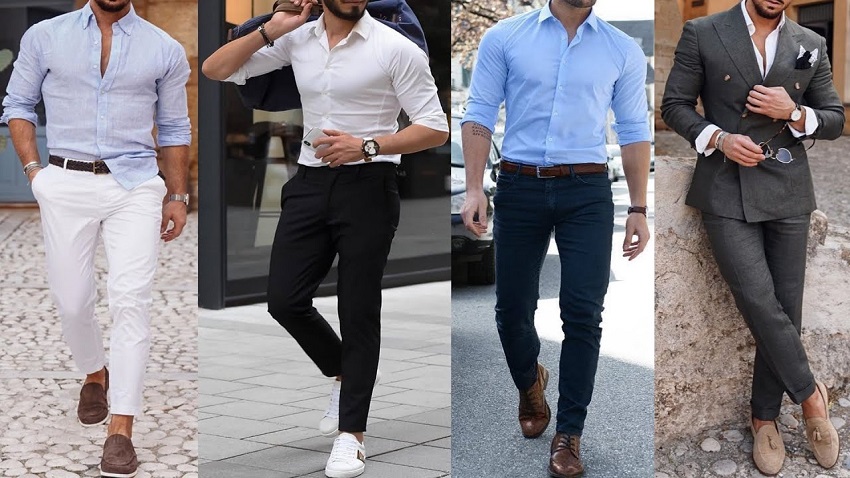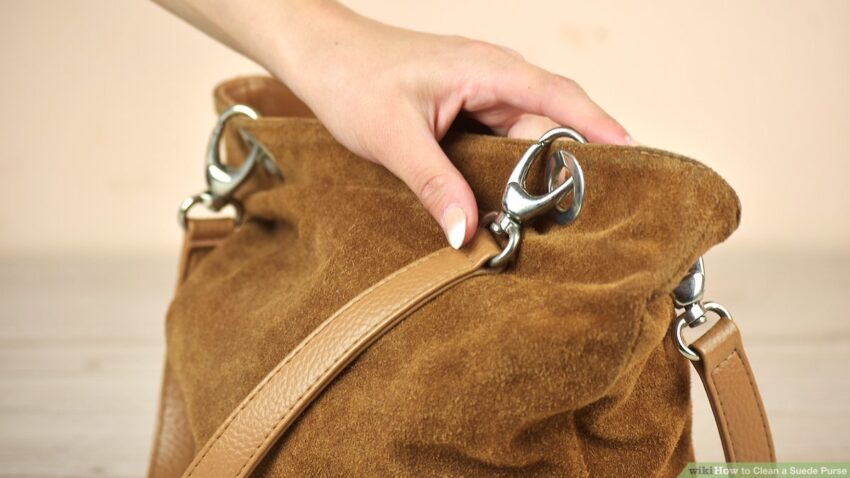Fashion photography is a glamorous and exciting field, capturing the essence of style, trends, and creativity. While it’s a competitive industry, with dedication, knowledge, and the right approach, you can carve your niche. This guide will walk you through the steps to kickstart your fashion photography career.
Understanding the Fashion Photography Landscape
Fashion photography transcends mere picture-taking by delving into the intricacies of attire, accessories, poses, and lighting to craft visually captivating narratives that stir emotions and epitomize the brand’s ethos. Beyond artistic expression, it yields commercial advantages in advertising and fashion by amplifying brand visibility and fostering consumer engagement. Discover more about what are the commercial advantages of photography in advertising and fashion.
There are various types of fashion photography:
- Editorial Photography: Found in magazines, these images often tell a story or showcase a trend.
- High Fashion Photography: Typically used for luxury brands, it emphasizes artistic expression and mood.
- Catalog Photography: Focuses on showcasing clothing or products in a clear, commercial manner.
- Street Style Photography: Captures everyday fashion, often focusing on individual style, trends, and staying cool photography.

Essential Steps to Begin Your Fashion Photography Journey
- Develop Your Photography Skills: A solid foundation in photography is crucial. Master the basics of composition, lighting, camera settings (aperture, shutter speed, ISO), and post-processing techniques. Practice shooting different subjects and lighting conditions to refine your eye and technical abilities.
- Study Fashion Photography: Immerse yourself in the work of renowned fashion photographers. Analyze their styles, techniques, and the way they use light and shadow to create drama and impact. Read fashion magazines, blogs, and websites to understand the industry trends and aesthetics.
- Build a Portfolio: Your portfolio is your calling card. Start by collaborating with aspiring models, makeup artists, and stylists to create a cohesive collection of images that showcase your unique vision and style. Consider organizing themed photoshoots to demonstrate your versatility and ability to tell a story through images.
- Network and Collaborate: Connect with people in the industry – models, designers, makeup artists, stylists, and other photographers. Attend industry events, workshops, and exhibitions to expand your network. Collaborating with others can open doors to new opportunities and provide valuable learning experiences.
- Assist a Fashion Photographer: Working as an assistant to an established fashion photographer is an invaluable way to learn the ropes of the industry. You’ll gain hands-on experience in set-up, lighting, directing models, and post-processing techniques.
- Market Yourself: Create a strong online presence through a professional website or portfolio platform. Showcase your best work, highlighting your unique style and expertise. Utilize social media platforms like Instagram to share your work, connect with potential clients, and engage with the fashion community.
- Stay Updated and Adapt: The fashion industry is ever-evolving. Stay abreast of the latest trends, techniques, and technologies in photography. Experiment with new styles and approaches to keep your work fresh and relevant.
How to Elevate Your Style: The Ultimate Guide to Men’s Wedding Attire
Tips for Success
- Be Patient and Persistent: Building a successful fashion photography career takes time and effort. Don’t get discouraged by setbacks or rejection. Persevere and continue honing your craft.
- Be Professional: Always be punctual, respectful, and reliable when working with clients and collaborators.
- Develop Your Unique Style: Find your niche and develop a signature style that sets you apart from other photographers.
- Invest in Quality Equipment: While not essential in the beginning, investing in professional-grade cameras and lenses can significantly enhance the quality of your work.
- Embrace Feedback: Seek constructive criticism from experienced photographers and mentors to identify areas for improvement.
The Future of Fashion Photography
The advent of digital technology and social media has transformed the fashion photography landscape. With the rise of e-commerce and the popularity of visual platforms, the demand for high-quality fashion imagery has never been greater. By staying adaptable and embracing new technologies, you can position yourself for success in this dynamic and exciting field.




